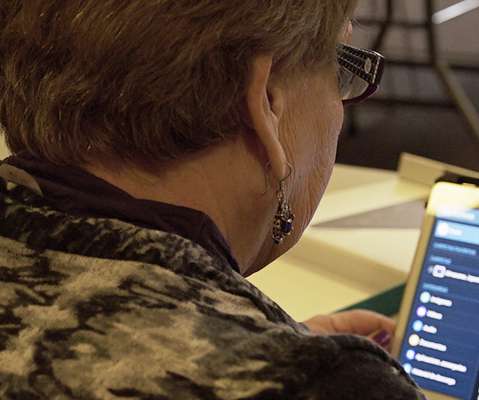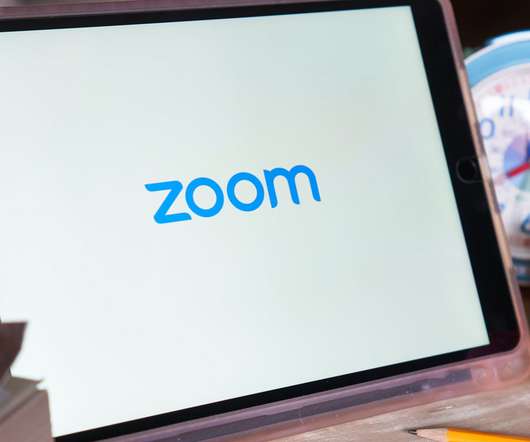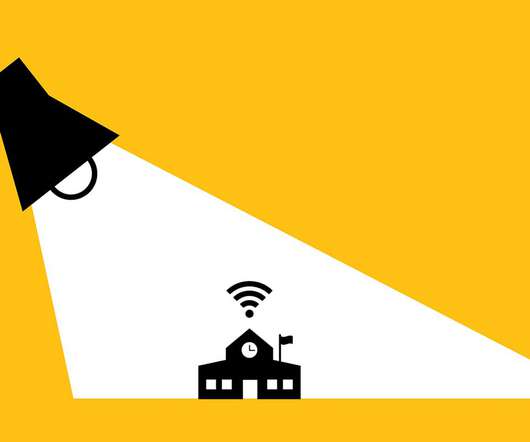Micro-credentials and COVID-19: Supporting Professional Learning When Schools are Closed
Digital Promise
APRIL 16, 2020
Moreover, the Empowering Parents Through Technology micro-credential helps educators use one- and two-way technology for outreach to families. Parents are also increasingly worried about what their children may access or be exposed to online. Student data privacy should not be a victim to tumultuous times.























Let's personalize your content